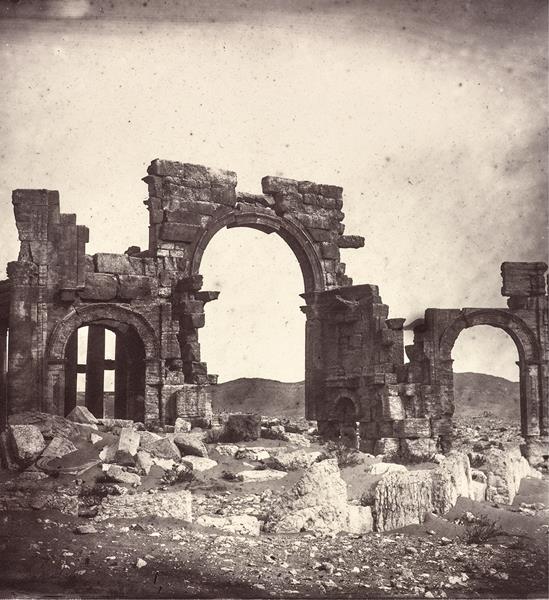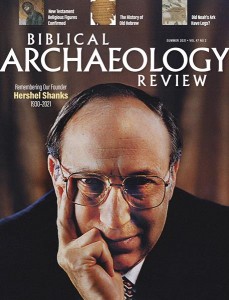
During the Hellenistic and Roman periods, Palmyra (Tadmor, in Arabic), which is in central Syria, was an important caravan city, reaching its zenith in the second and third centuries C.E. On the border between the Roman and Parthian empires, Palmyra stood at a crossroads of cultures and religions. The artifacts and surviving buildings testify to this cultural and religious diversity.
In the 17th century, Western travelers began visiting and recording the ancient ruins of Palmyra. Notably, French artist and architect Louis-François Cassas made detailed etchings of the oasis city in 1785, and French naval lieutenant Louis Vignes took photographs of Palmyra in 1864. The virtual exhibit Return to Palmyra, coordinated by the Getty Research Institute, features many of these prints, in addition to information on the site’s history and archaeology.
In 2015, terrorists with ISIS wreaked havoc at Palmyra. Not only did they severely damage the ancient ruins, but they also executed Khaled al-Asaad, the courageous Director Emeritus of Antiquities and Museums at Palmyra, when he intervened to stop the destruction. The Getty interviewed his son and Director Emeritus of Antiquities and Museums at Palmyra, Waleed Khaled al-Asaad, about his childhood, his father’s legacy, and the future of Palmyra. See this interview and so much more at www.getty.edu/palmyra.
Already a library member? Log in here.
Institution user? Log in with your IP address.

